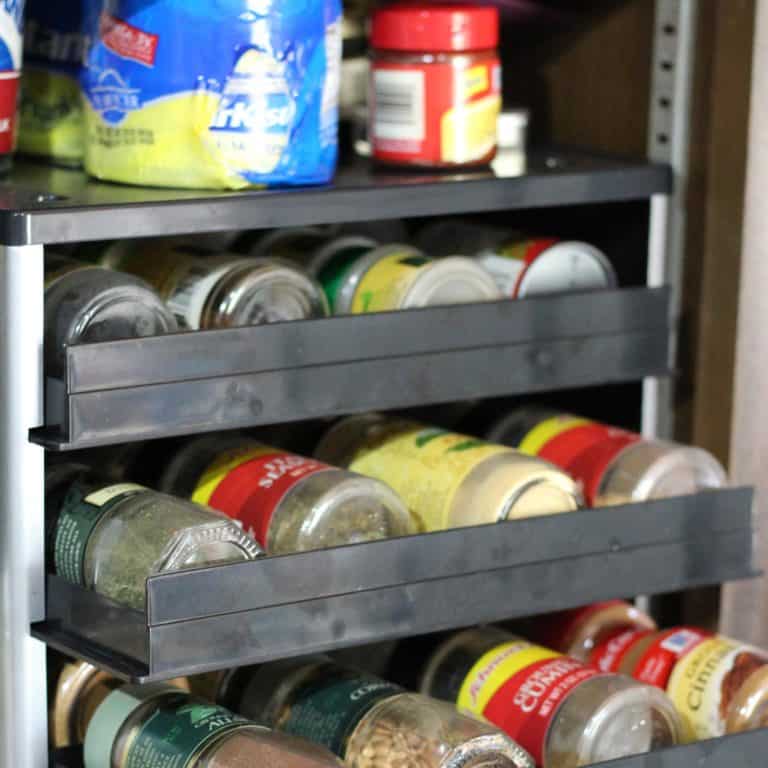How to use and store fresh Horseradish
Horseradish has nothing to do with horses and it isn’t a radish … just through I should clarify! What we consume is a root; the plant is actually related to mustard, which makes it cousins to the milder flavored cabbage, kale and broccoli. The “horse” refers to the size and coarseness of the root and the “radish” is from a Latin variation meaning “root”.
Horseradish has a history that spans over 3,000 years. It made it’s way to America with early settlers and was grown in the northeast as early as 1806. It was known to grown wild near Boston. Commercial production of horseradish in America began in the 1850s as immigrants began growing it in the Midwest. By the late 1800s, horseradish production was thriving in Illinois, most notably in the area around Collinsville. Today, Collinsville is considered to be the horseradish capitol of the world. Depending on the source, the amount grown is equal to 60-85% of the world’s total consumption!
Buying and Storing Horseradish
Buying raw horseradish isn’t difficult and it is readily available in the produce section of grocery stores. When choosing the root, make sure you select one that is firm with ends that appear freshly cut. The skin will resemble tender tree bark with a “hairy” appearance. Don’t worry if there is still dirt on the root, that can easily be brushed away at home. There is no pungent smell like you might expect, so your nose might not be your best judge of freshness.
You won’t likely use the whole root too soon, so it’s best to cut the root into single use pieces, place in airtight freezer safe bag and freeze. I’ve kept frozen horseradish for up to a year without any issues.
Preparing Horseradish
Wearing rubber gloves, wash and peel the root much like you would a potato. Remember to only prepare what you will use and store the rest. Freezing the peeled root for about 30 minutes will ease the grating process. However, a mini food processor will produce a better quality product than a hand grater.
The fumes produced during the grating process will burn your nose and eyes, so be careful when removing the food processor lid. Trust me … it’s rough if you don’t expect it … it’s rough when you do expect it! Adding vinegar to the grating process will reduce the fumes and stabilize the horseradish (the amount added will really be to suit your taste. I start with 1 tablespoon and go from there, gradually). You can keep this mixture in a sealed glass jar in the refrigerator for up to 6 weeks.
When serving fresh grated horseradish, do so in a glass or ceramic dish as it will quickly tarnish silver. It’s probably best to do the same with prepared horseradish as well.
Some folks in the US referred to horseradish as “stingnose” before the horseradish name was widely used. (Click to Tweet)
You might be wondering why go to all this trouble when prepared horseradish is so easy to find and use. Fresh grated horseradish produces a better crust when using it to coat meat or fish, and produces a much fresher flavor than any jarred variety I’ve tried. You’ll also find a high amount of salt, sugar and corn syrup along with other preservatives in the jarred varieties. This is simply better for us … and just simply better!





